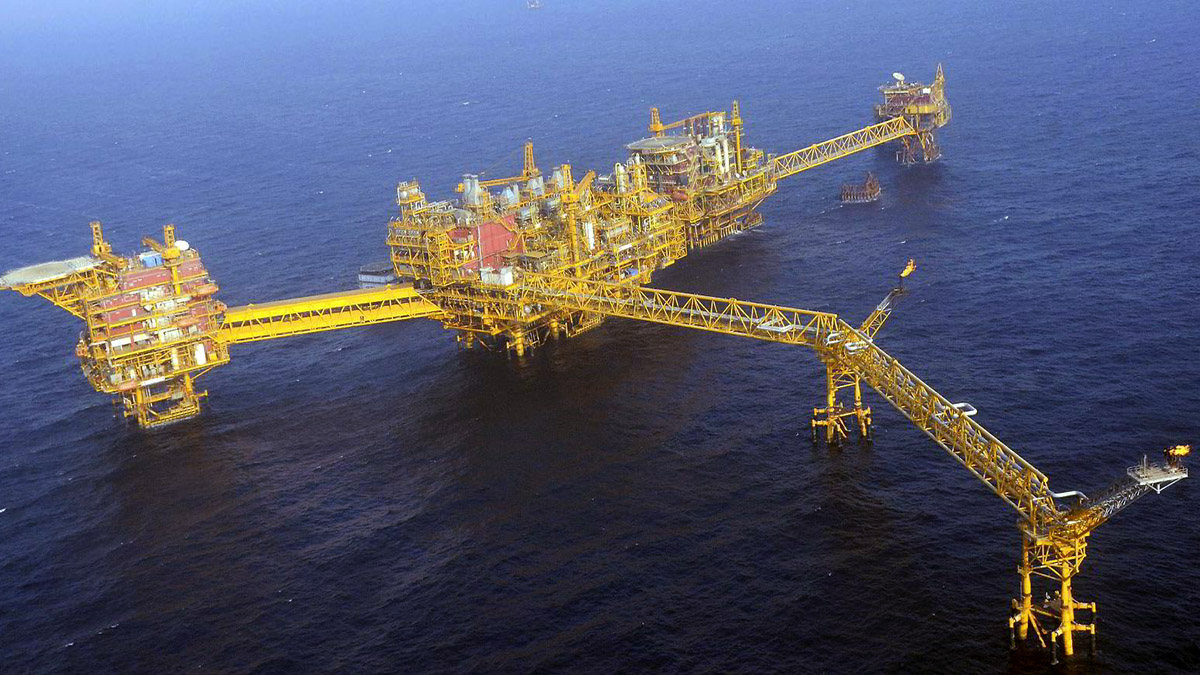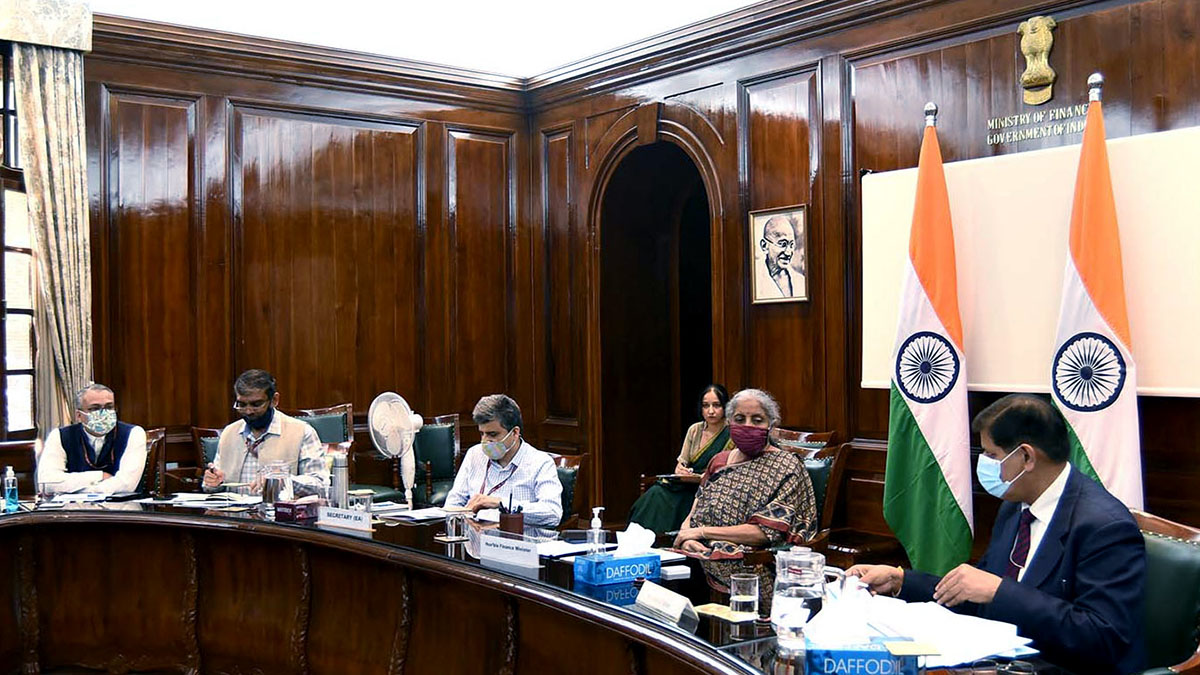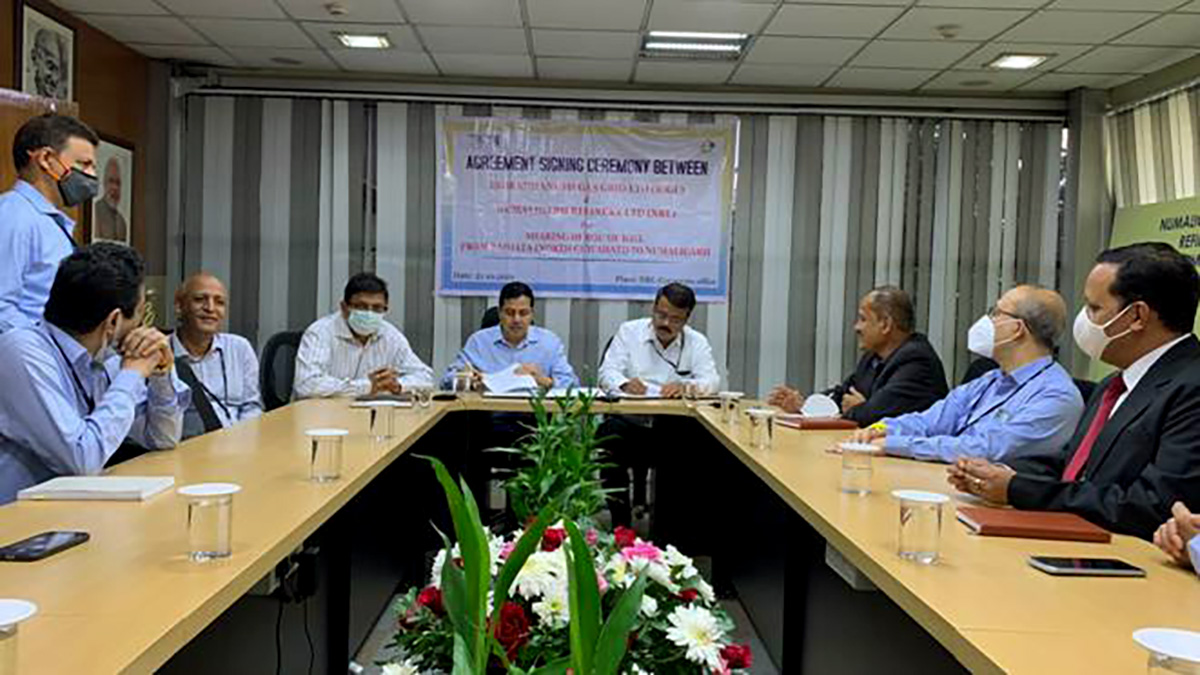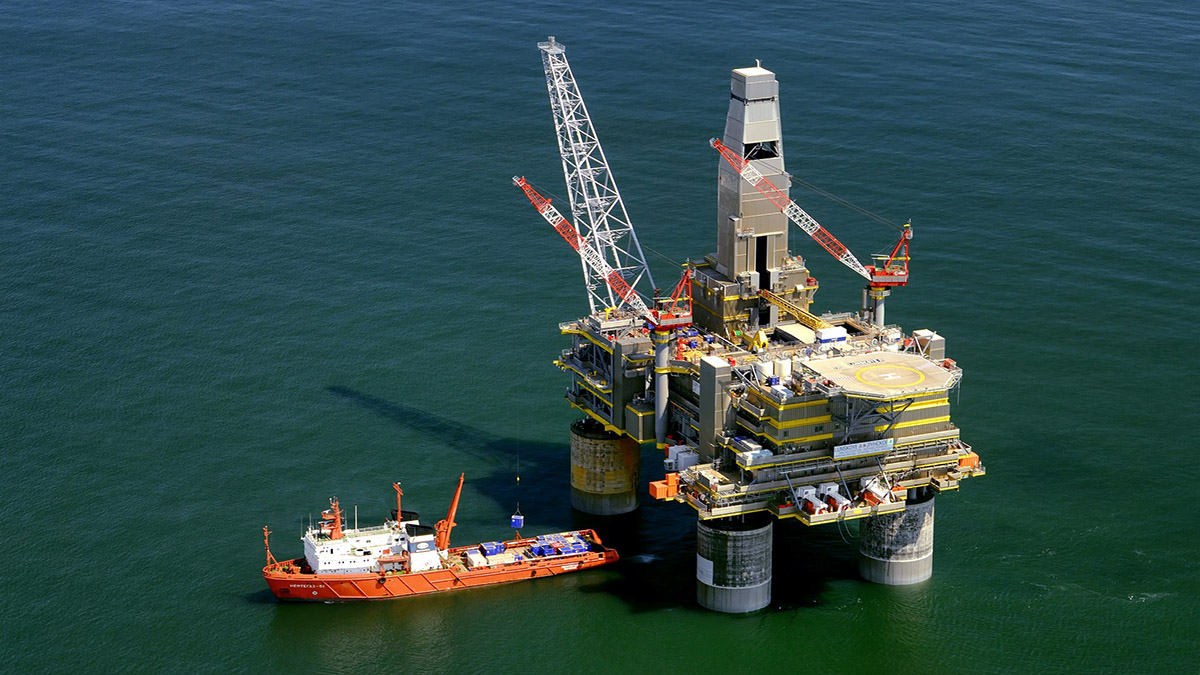The Ministry of Petroleum and Natural Gas (MOP&NG) has officially notified the allocation of natural gas produced from new wells or through well interventions in the nomination fields of ONGC and Oil India Limited (OIL) at a 20% premium over the Administered Price Mechanism (APM) price. This move, in accordance with the recently outlined guidelines for domestic gas pricing, is set to significantly enhance the viability of new gas development projects in India.
Under the guidelines, the APM price for domestic natural gas, which is pegged at 10% of the Indian Crude Basket price as announced by the Petroleum Planning and Analysis Cell (PPAC) on a monthly basis, will see a 20% increase for gas produced from newly drilled wells or wells that undergo interventions. This translates to a total of 12% of the Indian Crude Basket price for gas from these new sources.
The notification aims to support and incentivise oil and gas companies, particularly state-run giants like ONGC, to augment their natural gas production from challenging fields that require substantial capital and advanced technology. By providing this enhanced pricing, the government is fostering an environment that encourages investment in projects that are capital-intensive and involve higher risks.
ONGC has already responded to this policy change by approving several significant projects. The company’s Board has given the green light to the Daman Upside Development project in the Mumbai High nomination field, with an estimated project cost of approximately ₹7,800 crore. The project, which is now underway, aims to boost domestic gas production with a peak output of around 5 MMSCMD (Million Metric Standard Cubic Meters per Day).
In addition to this, ONGC’s Board has also approved the Integrated Development of four Contract Areas under the Discovered Small Fields (DSF) policy, DSF-II, at a project cost of approximately ₹6,000 crore. This project is also progressing, with a peak production target of around 4 MMSCMD of gas. Notably, the Government of India has already granted pricing and marketing freedom for these contract areas under the DSF policy.
These developments are aligned with India’s national energy strategy, which envisions increasing the share of natural gas in the country’s energy mix from 6% to 15% by 2030. By implementing policies that make new gas projects more financially viable, the government is positioning the country to meet its ambitious energy goals while enhancing the domestic production capabilities of key players in the industry.
The premium pricing for new gas is expected to not only boost domestic production but also to attract more investments into India’s natural gas sector, thereby contributing to the country’s energy security and reducing dependence on imported fuels.













